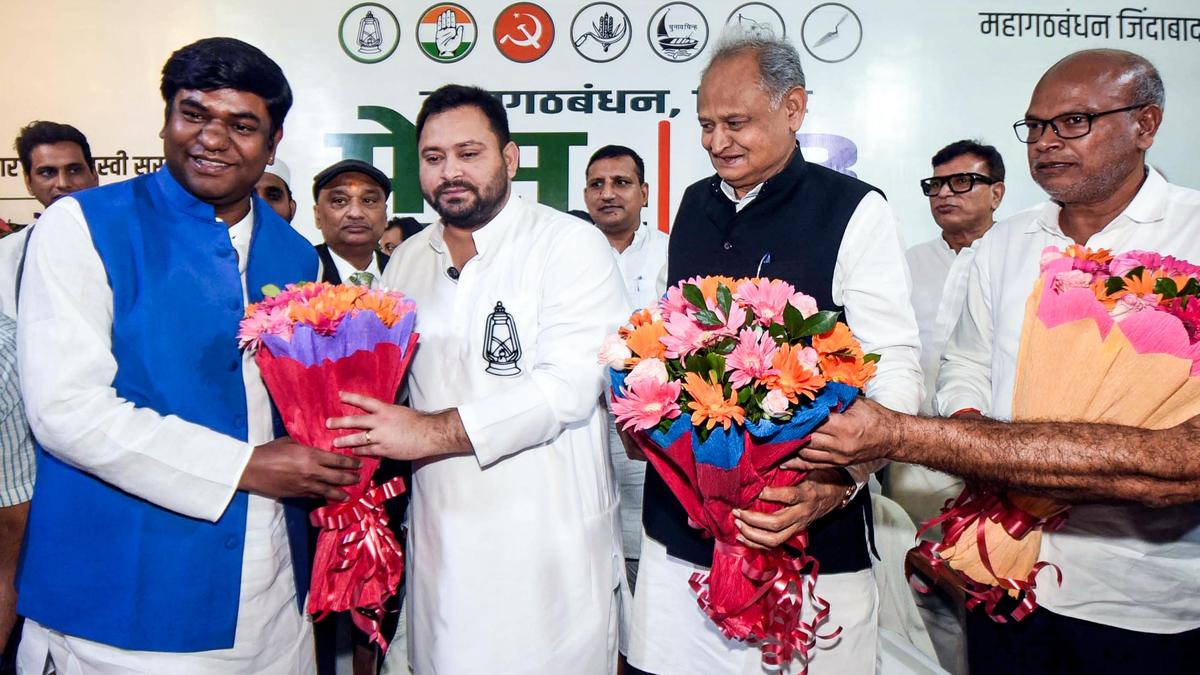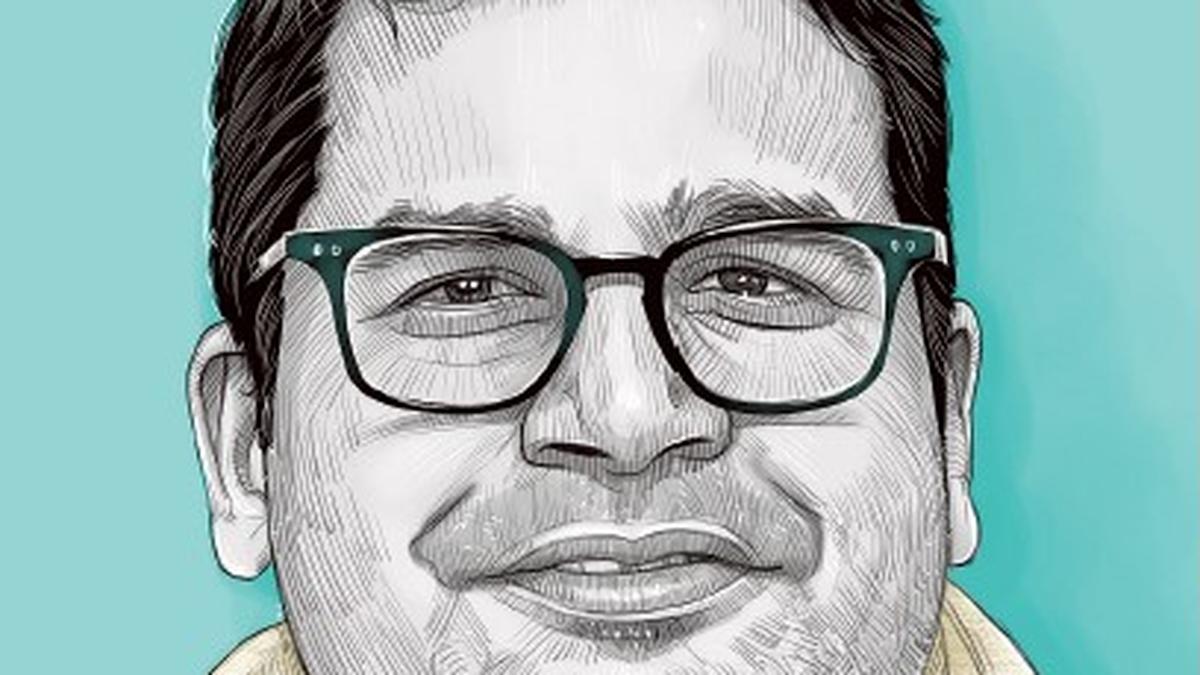On the first weekend of this month, Mount Everest (on the Tibetan side) turned dystopian: a sudden blizzard, torrential snowfall and lightning strikes hit the mountain’s vicinity, trapping a thousand trekkers who were gradually rescued with the help of local villagers trudging through knee-deep snow. In other parts of the Himalayas, at the same time, a heavy downpour and snowfall led to floods and landslides killing scores in Nepal and Darjeeling.
This is the latest among scores of disasters in the Himalayas, which are only increasing: of the 687 disasters that the country experienced between 1900 and 2022, as many as 240 were in the Himalayas, according to a 2024 Down To Earth (DTE) report. They include glacial lake outbursts, landslides, floods, wildfires and earthquakes. Between 1902 and 1962, the region recorded just five disasters.

Abysmally poor
“Since then, there has been a rapid decade-on-decade increase in disasters. In 1963-1972, the region reported 11 disasters, followed by 13 disasters in 1973-82. The last decade (2013-2022) saw the highest number of disasters at 68, and they accounted for 44% of all the disasters reported in India,” the DTE report explained.Quoting NASA’s landslide data, DTE said: the region experienced 1,121 landslide events between 2007 and 2017.
“I’ve come to the Himalayas around 20 times, but I’ve never experienced weather like this,” a long-time hiker Dong Shuchang, 27, told the BBC. Climate change is indeed making this seismically vulnerable range increasingly unpredictable: the region is experiencing “a faster rate of warming than the global average, ranging from 0.15º to 0.60º C per decade,” according to a paper published last year in Springer Nature.
So why do we have an abysmally poor number of EWS, a practical mitigator of disasters, in one of the world’s most volatile regions to predict events and save lives?
AI’s help
As peer-reviewed studies portend a deepening crisis in the Himalayas, there is clearly a dire need EWS for imminent earthquakes, landslides, snow storms, lake outburst floods, extreme temperatures in this tempestuous mountain range that encompasses 12 Indian States and Union Territories.
Considering the sheer scale of the problem, “we need to install many more EWS, one in each valley, across the entire Himalayan arc (there are indeed cases of trans-boundary floods),” glaciologist Argha Banerjee working on Himalayan glaciers at IISER Pune, told The Hindu. “We do not have an indigenous low-cost EWS that are weather-proof, easy-to-install and operate (by local people), uses multiple input parameters (in-situ and remote), transmits live data (many of these valleys are remote, out of the reach of mobile network.”

A functional early warning system can clearly save lives, he said.
There are challenges to monitoring the 2,400 km range: drones have a scale problem and “are only good for localised studies, and hard to fly in glacierised, windy, rugged Himalayan conditions,” Dr. Banerjee said.
But artificial intelligence (AI) models, he added, could surely help in transforming live data to credible warning. There is scope for satellite use, although satellite links are very expensive and may not be scalable. “There is some scope for them, although data collection from satellites needs to be rapid.
Per Dr. Banerjee: “It is important to involve and train local people to maintain, operate the EWS, and also to react to the warning.”
Hazard map
There have been promising precedence of Himalayan disasters averted: the recent glacier-collapse/debris flow at Blatten village in the Swiss Alps was prevented from exploding into a humanitarian crisis when a shepherd called the downstream village, saving hundreds of lives.
Researchers from the Chinese Academy of Sciences published a paper in 2022 on how they created EWS for glacial lake outburst floods (GLOFs) in Cirenmaco, a high-risk glacial lake in the central Himalayas with use of an unmanned boat.
EWS “prevents loss of life and reduces the economic and societal impacts of disasters,” the authors of the paper, published in the International Journal of Disaster Risk Reduction, wrote. It consisted of monitoring lake-level change, end-moraine displacement, ice collapse, and downstream runoff. The data can be transmitted via satellites and a mobile network to the data centre.
A hazard map was created of flood depth and velocity and translated into four intensity levels.
“In the future, more refined and accurate simulation results can be relied upon to establish this hazard map, which has implications for determining evacuation locations in downstream areas, constructing GLOF prevention and mitigation facilities, and implementation of economic development measures,” according to the paper.

Not a priority
Vinod Kumar Gaur, a Bengaluru-based seismologist and former director of the National Geophysical Research Institute is closely involved in the implementation of three EWSs, the third one still at an elementary stage relating to cloudbursts. One of these was recently funded by environment ministry to produce an operational system to provide advance, sub-kilometre scale (a few hundred metres) hailstorms alerts to apple orchard managers in Uttarakhand and Himachal.
“The systems are based on a melding local data and AI aided predictions and a rigorously downscaled atmospheric model at the local scale with a capability to capture local land surface and hydrometeorological processes, said Dr. Gaur.
Indeed, there’s no time to lose: a study published last year in the journal Climate Change predicted that 90% of the Himalayas will experience drought lasting over a year if global warming increases by 3º C. We get clues into this scenario from the fact that wildlife here is trapped in an “altitude squeeze,” as a warming mountain range pushes musk deer and snow trout to higher grounds, according to a recent UN report.
Himalayan catastrophes are not being given the priority they deserve: either by scientists, engineers, funding agencies, industry, or policy makers in central and local authorities, Dr. Banerjee said. “I think Himalayan people need it, and it is an urgent need. This should be a national priority.”

 9 hours ago
4
9 hours ago
4








 English (US) ·
English (US) ·